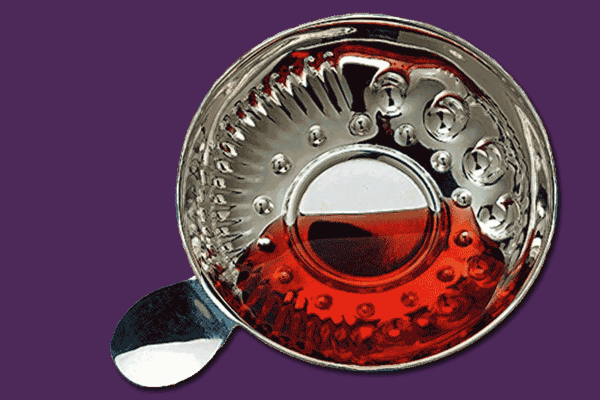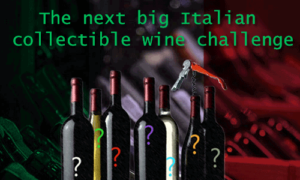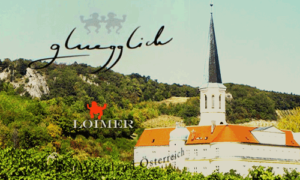When the wine is pulled, you have to sell it, unless the proof is in the tastevin
Otherwise tasted
One of the most peculiar objects used to taste wine is a Tastevin. Designed originally to assess the clarity, maturity and quality of a wine by candlelight in dark cellars, it now has more a symbolic value. Some sommeliers still use the tastevin, although nowadays it functions more as a tool for commemorations or as decoration.

There is this tool to asses wine. No, it is not made of glass. Some in the wine trade or restaurant business still consider it very useful, and here we are not talking about the Tastevin iPad App. The shiny tastevin primarily helps to understand the importance of the condition and colour of the wine in less-than-perfect tasting conditions.

Ever tasted with a tastevin? A group of Burgundians still do. They call themselves the Confrérie des Chevaliers du Tastevin. The group was created in 1934 to promote the wines of Burgundy and the tastevin (often pronounced as “tattvin” or “taht-vahn”) became their symbol.
How to asses wine in dimly wine cellars
In the past, traders utilized the tastevin as a first necessity tool to identify the health and value of a certain barrel of wine before for paying for it. For a long time, it was common practice by winemakers and négociants to discern maturity, quality, clarity by sight. Not easy in dimly or candle-lit wine cellars. We have to admit that nowadays, in technical tastings the tastevin has no hardly any use. Clarity is less of an issue than it used to be in wine, and with the arrival of modern electric lighting, glasses are much more effective.
Excerpt 1 from “Tastevin. Michael Kaplan Mysteries Book” (2012)
He reached into his pocket and pulled out the shiny item he’d found in the desert. It was a silver tastevin, a wine tasting cup used by wine stewards and sommeliers. A tool of the trade for Ross Evans. *
Tastevin in ancient times
Even in ancient times, traders seemed to have used a similar tool to examine wines. Necessary, as surely wines could be spoiled due to lack of wine hygiene and conservation. An example of this we see in the red and black panel with Erotes or Putti (mythological winged gods) depicted in the dining room of the House of the Vettii. Scholars have often suggested that the scene depicts the buying and selling of wine. Quite appropriate considering the source of wealth of its owners Aulus Vettius Conviva and his brother, Aulus Vettius Restitutus. These former slaves or liberti /free men were very successful, rich wine merchants in the ancient city of Pompeii, Italy.

Full of dainty grace and lively expression, the little winged Puttis give us a glimpse of the ancient wine trade. One can clearly see one Putto cautiously pouring wine out of a huge amphora, while another Putto receives the wine in a shallow tasting cup. Two other Putti are sharing an ancient drinking vessel that looks very similar to a tastevin!
Excerpt 2 from “Tastevin. Michael Kaplan Mysteries Book” (2012)
Better restaurants have a member of staff know as a sommelier or wine steward. Sommeliers wear a tastevin on a chain around their neck, as a symbol of their profession, in the same manner, military heroes wear their most prized medal. In addition to the symbolic significance, however, a tastevin -sometimes called a wine-tasting cup- has a very practical purpose. If a customer complains about the wine, the sommelier pours a small amount into the tastevin and samples it. If he concurs with the customer that the wine is defective he quickly and apologetically replaces the bottle with another.

To catch as much available light as possible
By definition, a ‘tasse a vin’ or tastevin only holds a small amount of wine. A tastevin is designed with a shiny dimpled inner surface to catch as much available light as possible. It also needs to be made of a strong material (preferably sterling silver) that would not taint the wine in any way. Often, the bottom of the cup is convex in shape. It’s reflecting the wine at various angles at once, making it possible to see through the wine. If the wine was not clear, it was considered faulty and not -commercially- trade-able.
Excerpt 3 from “Tastevin. Michael Kaplan Mysteries Book” (2012)
The practice of using a tastevin originated in Burgundy. There, the winemakers would go down their cellars and sample wine directly from wooden casks. Because the cellars were poorly lit, it was easier to judge the color and clarity of wine by the light reflected off the shiny bottom of the cup than it would be if the wine had been poured into a glass.

Merchants trusted their own tastevin
The tastevin often passed down from generation to generation. Trusted their skill to dissect the wine through playing the game of breaking light down in components. So much so that they did not need other tools for comparative tasting or testing. For me, the tastevin still stands for the skill and the experience of the taster. For others, this shiny round object of 7-8 cm in diameter became a symbol of connoisseurship or a badge that you belong to a select group, such as the sommeliers. Just let’s hope that connoisseurship is not marred by any vulgarity or cultivated snobbery.
Epilogue
*Sometimes you’ll find out things you don’t expect, certainly not in relationship to a tastevin. In the book Tastevin, the protagonist Michael Kaplan -tall, dark, and handsome and in his early thirties- finds the dead body of a certain Ross Evans in the desert. Near the body he stumbles upon a tastevin. Turns out that Ross worked as a wine steward / sommelier at the Tuxedo Restaurant in Las Vegas. Michael Kaplan, using the pen name the Anonymous Gourmet, wrote unfavourably about this restaurant in a local newspaper. Later in the story Kaplan finds out that the restaurant has been cheating its customers by selling cheap wine in formerly expensive bottles. Sounds familiar, huh?! Summarising the book: not one of the best tastevin mysteries, but certainly entertaining.


